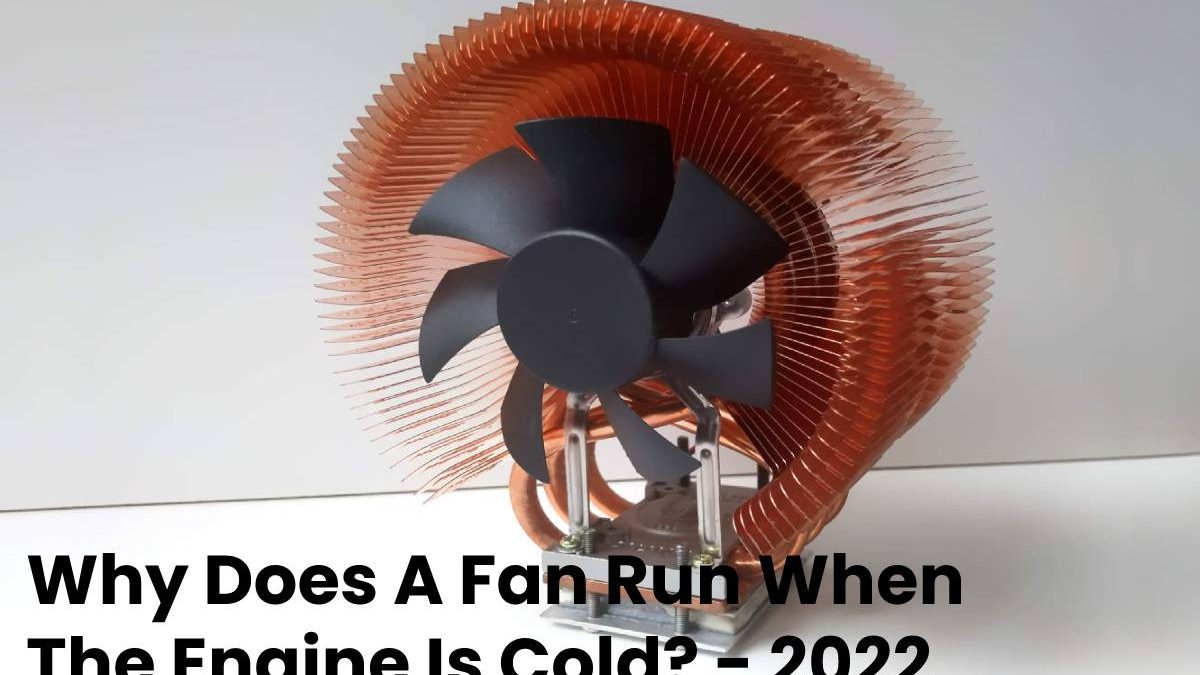A fan is an essential part of the proper functioning cooling circuit and, therefore, for the excellent health of the engine.
What Does A Car A Fan Do?
The fan, usually attached to the radiator, dissipates excess heat from the engine to prevent it from overheating. When the coolant temperature reaches 90°C, the fan automatically activates and speeds up its rotation if it rises to 100°C. If the temperature rises, the fan draws in outside air to cool it and help cool the engine.
What Triggers The A Fan?
To recognize when to activate. The fan depends on the measurements taken by a sensor in contact with the coolant. Generally, it is located at the base of the radiator or on a hose. This probe is calling them a contact.
When the liquid temperature conveyed into the radiator by the cooling pump reaches the set threshold, the thermal switch activates it to which it is electrically connected. In the same way, it is supposed to stop it when the liquid is sufficiently cooled.
In addition, the probe will indicate to the thermostatic valve, which is the colour stat, that it must open or close to regulate the arrival of the cooling fluid.
Why Does My Car Fan Spin When The Engine Is Cold?
This thermal switch (or contactor) may fail, in which case the fan may not turn on when needed. It can lead to overheating and then engine failure.
Conversely, a faulty contactor can send erroneous measurements to the fan, which will therefore run continuously, even when the engine is cold. Consequently, it will have more difficulty heating up and require excessive fuel consumption to operate at high speed. This additional stress will eventually damage the cylinder head gasket, which is supposed to seal the combustion chamber.
In addition, the vehicle battery will drain more quickly until it is completely discharged.
How Do You Know If A Car Fan Is Working?
Several checks are possible to test the correct operation of a cooling fan.
Start with a simple visual inspection to verify that the fan drive belt is in good condition. Look for traces of grease on its surface and watch for signs of wear.
Then stop the fan motor and spin it with your hand. The blades and propeller should be able to turn evenly without discomfort or chattering noise.
To test the electrical part, start by disconnecting the negative terminal of the main battery, then check the condition of your fuses. If one of them has blown, replace it.
Also, inspect the thermal switch. If it is oxidized or clogged with soot, it will no longer be able to function correctly, which can lead to excessive use of it. Even running it when the engine is cold. Also, inspect wiring and connectors for oxidation or damage. These are often the first causes of failure and can be quickly repaired by a professional.
Finally, test its power supply. Connect the blue lead to the negative (-) battery terminal and the other lead to the positive ( ) terminal. Unplug the fan and remove its connector. It should start spinning. Otherwise, it must be replaced.
How Much Does A Fan Replacement Cost?
The price of an auto fan replacement may vary depending on the vehicle model—nevertheless, the most common brands (Renault, Citroën, Peugeot. You can expect an invoice of between 45 and 150 euros. You will have to add to this the labor cost unless you embark on the replacement operation on your own.
Repair offers used spare parts for all brands to allow you some savings. Regardless of your car manufacturer, you will find discount fans from original parts in our online shop.
Also Read: Apple TV – What is Apple TV Plus?


